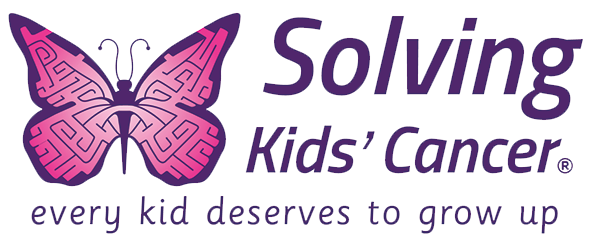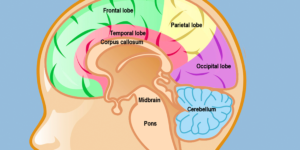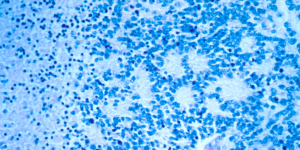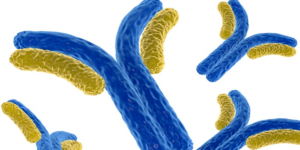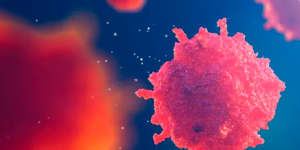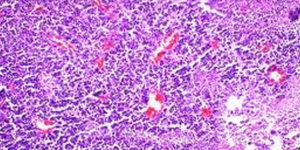THE LATEST
Using Research Advocacy to Improve Outcomes
Patient-driven care has become a recognized component of the approach that stakeholders use to advance therapies. The perspective and voice of the patient are widely seen as a valuable resource in identifying unmet needs and steering the direction of medical research. Individuals and entities engaged in this role are known as Research Advocates and…
Comparing ATRT, DIPG and ETMR Pediatric Brain Tumors
Pediatric brain tumors are the second most commonly diagnosed cancer in children, and the second leading cause of cancer death among children and infants. Despite significant improvements in outcomes for some pediatric cancers, when current treatments such as chemotherapy, surgery, or radiotherapy fail, there is still an unacceptably low chance of survival, in part because…
Grant Awarded for Research into Identifying and Treating Chemotherapy-Resistant Neuroblastoma
Solving Kids’ Cancer with partners: Solving Kids’ Cancer UK, Solving Kids’ Cancer in New York, Joining Against Cancer in Kids (J-A-C-K), ZOE4LIFE, Merryn Lacy Trust, and the Oscar Knox Fund have awarded $650,000 to the Children’s Hospital of Philadelphia (CHOP) and collaborating institutions for research into identifying and treating neuroblastoma in newly diagnosed children…
International Collaboration Speeds Progress in Childhood Cancer Research
Despite major progress over the past several years, cancer is still the number one cause of death by disease in children past infancy in the developed world. In fact, of the approximately 360,000 children and adolescents across the globe diagnosed with cancer each year, 80% lack access to quality treatments and cures, highlighting the need to establish global networks to improve diagnoses and care.
Therapeutic Antibody Treatment Options for Relapse/Refractory Neuroblastoma
Many clinical trials of anti-GD2 antibodies have been conducted, testing the antibodies as both standalone treatments or in combination with other drugs, such as immune-stimulating cytokines. Anti-GD2 antibodies have been approved for maintenance after reaching the first remission and for relapsed or refractory disease.
How a Child with Cancer Can Qualify for Social Security Benefits
There are a number of federal and state resources available to help families with limited income cover extra expenses while their child is sick. If your child qualifies for disability, he or she may be eligible for Supplemental Security Income (SSI) and Medicaid, even if already covered by another insurance.
Sarcoma in Children
A sarcoma is a cancer that develops in bone or soft tissue. Soft tissue is the connective tissue between body parts and organs and can include muscles, tendons, fat, bone and cartilage, blood vessels, and lymph vessels. Sarcomas can be found anywhere in the body, but they are most often found in the arms, legs, chest, or abdomen. Pediatric sarcoma is sarcoma occurring in children, and accounts for approximately 15% of pediatric cancer cases, with 1,500 to 1,700 new cases diagnosed each year.
Neuroblastoma Cancer Tumor in Children
Neuroblastoma is diagnosed in approximately 800 children in the United States each year. Ninety percent of cases occur in children under five years old, though the average age of diagnosis is between one and two years old. Still, because neuroblastomas form from fetal nerve cells, children as young as newborns can develop tumors, and neuroblastoma accounts for 50% of all cancer cases in infants.
Landmark Transatlantic Trial for Children with High-Risk Neuroblastoma Funded by Parent-Led Charities
In a landmark in pediatric oncology research, children with high-risk neuroblastoma across Europe and North America will be treated together for the first time, following the award of $1.4M to fund a new transatlantic clinical trial.
